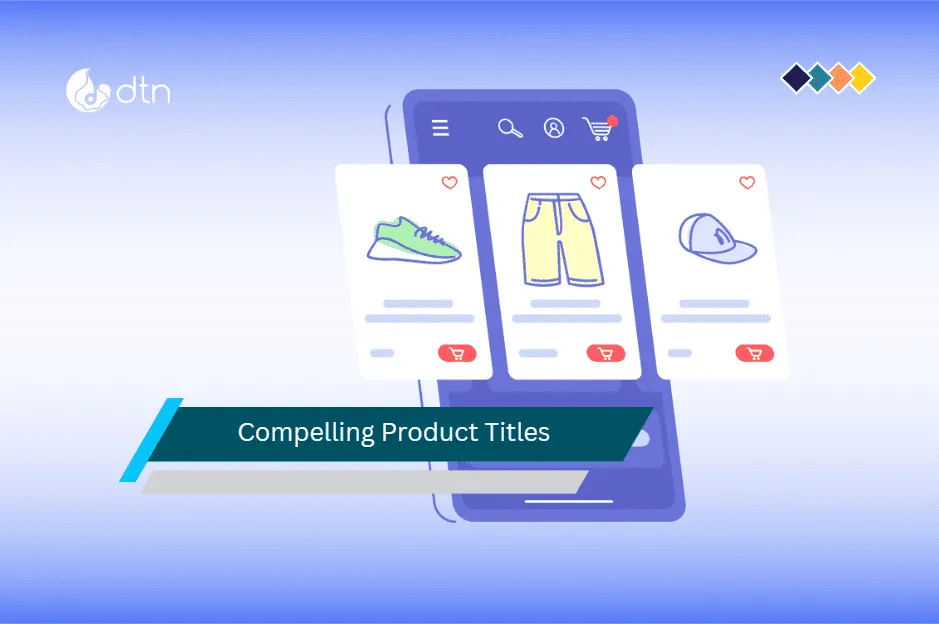In e-commerce, the importance of optimizing product pages for search engines cannot be overstated. As we delve into the intricacies of Optimizing E-commerce Product Pages, the journey begins with thorough keyword research.
Table of Contents
Keyword Integration
By identifying relevant keywords for each product through tools like Google Keyword Planner, businesses can strategically integrate these keywords into product titles, descriptions, and metadata. This not only enhances the visibility of products in search results but also captures the attention of potential customers.

Optimizing E-commerce Product Pages starts with Keyword Integration
Crafting Compelling Product Titles
Crafting compelling product titles emerges as a crucial element in the optimization process. These titles should strike a balance between conciseness and descriptiveness, incorporating key features and benefits while prioritizing readability. The goal is to create titles that not only attract search engine algorithms but also resonate with human users, ultimately driving higher click-through rates.

Crafting compelling product titles emerges as a crucial element in Optimizing E-commerce Product Pages
Strategic Product Descriptions
Moving on to product descriptions, the focus shifts to storytelling. Each description should be a unique and engaging narrative, weaving in relevant keywords naturally. This dual-purpose approach not only enhances search engine visibility but also provides potential customers with valuable information about the product’s features and benefits. The synergy between captivating storytelling and strategic keyword placement is key to an effective product description.

Strategic Product Descriptions for Optimizing E-commerce Product Pages further
Visual Appeal
The visual aspect of product pages is equally paramount. High-quality images that showcase the product from various angles play a pivotal role in capturing the attention of online shoppers. These images, in addition to being visually appealing, should be optimized for search engines. This involves assigning descriptive file names and alt text to each image, contributing to better indexing and improved accessibility.

The visual aspect of product pages is equally paramount in Optimizing E-commerce Product Pages
URLs and Schema Markup
As we delve deeper into the optimization process, the significance of user-friendly URLs and structured data markup (Schema) becomes evident. Clean and concise URLs, enriched with relevant keywords, contribute to improved indexing and user understanding. Implementing schema markup provides search engines with additional context about products, increasing the chances of rich snippets appearing in search results. This, in turn, enhances the overall visibility and appeal of the product in the digital marketplace.

URLs and Schema Markup enhances the overall visibility and appeal of the product in the digital marketplace
Customer Reviews and Social Proof
Encouraging customer reviews is a proactive step in building social proof and credibility. Positive reviews not only influence potential buyers but also contribute to a positive online reputation. Engaging with customers through review responses fosters a sense of trust and transparency, further strengthening the brand-consumer relationship.

Actively seeking customer reviews is a positive action in creating a sense of trust and confidence among potential customers
Mobile Optimization and Page Load Speed
In e-commerce, mobile optimization is non-negotiable. Ensuring that product pages are mobile-friendly contributes to a seamless user experience, aligning with the increasing trend of users shopping on smartphones and tablets. Additionally, fast page load speeds are integral to user satisfaction and overall SEO performance. Compressing images, leveraging browser caching, and minimizing HTTP requests are effective strategies to achieve optimal page load times

Ensuring that product pages are mobile-friendly contributes to a seamless user experience
Internal Linking Structure
The internal structure of an e-commerce site plays a vital role in guiding both users and search engines through the product catalog. Strategic internal linking not only enhances the user experience by providing logical navigation but also contributes to improved SEO by distributing link equity effectively.

Conclusion
In conclusion, by meticulously implementing these product page optimization strategies, e-commerce businesses can position themselves for success in the competitive digital landscape. From keyword integration to visual appeal and technical optimization, each element plays a crucial role in enhancing search engine visibility, attracting organic traffic, and ultimately driving conversions.
Ofte stillede spørgsmål
We've compiled a list of answers to common questions on optimizing e-commerce product pages.
Keyword integration is crucial because it aligns product pages with the terms potential customers are using in search queries. By strategically placing relevant keywords in product titles, descriptions, and metadata, businesses enhance their visibility in search results, making it more likely for their products to be discovered by interested users.
Compelling product titles play a dual role in improving SEO and engaging users. They attract search engine algorithms by incorporating key features and benefits in a concise yet descriptive manner. Simultaneously, well-crafted titles resonate with human users, increasing click-through rates and encouraging a deeper exploration of the product page, ultimately contributing to higher conversion rates.
Storytelling in product descriptions goes beyond providing basic information. It creates a unique and engaging narrative that not only enhances search engine visibility but also offers potential customers valuable insights into the product’s features and benefits. This storytelling approach contributes to a richer user experience, establishing an emotional connection with the product and increasing the likelihood of conversion.
User-friendly URLs contribute to improved indexing and user understanding, making it easier for search engines and users to navigate. Implementing Schema Markup provides additional context about products, increasing the chances of rich snippets appearing in search results. Both elements enhance the overall visibility and appeal of products in the digital landscape.
Mobile optimization is essential as an increasing number of users shop on smartphones and tablets. Ensuring that product pages are mobile-friendly contributes to a seamless user experience, aligning with user preferences. Additionally, it positively influences search engine rankings, as Google prioritizes mobile-friendly websites in its algorithms.
Internal linking plays a vital role in guiding both users and search engines through the product catalog. By strategically incorporating internal links to relevant product pages, businesses enhance the user experience with logical navigation. This not only improves user satisfaction but also contributes to improved SEO by distributing link equity effectively across the site.
High-quality images are integral to product page optimization. They not only capture the attention of online shoppers but also contribute to better search engine indexing. Optimizing images with descriptive file names and alt text enhances accessibility for search engines, ultimately improving the overall appeal of the product in the digital marketplace.
Customer reviews and social proof positively impact SEO by building credibility and influencing potential buyers. Positive reviews contribute to a positive online reputation, encouraging trust among users and, in turn, improving search engine rankings. Engaging with customers through review responses fosters transparency, strengthening the brand-consumer relationship and further enhancing the overall SEO performance.



